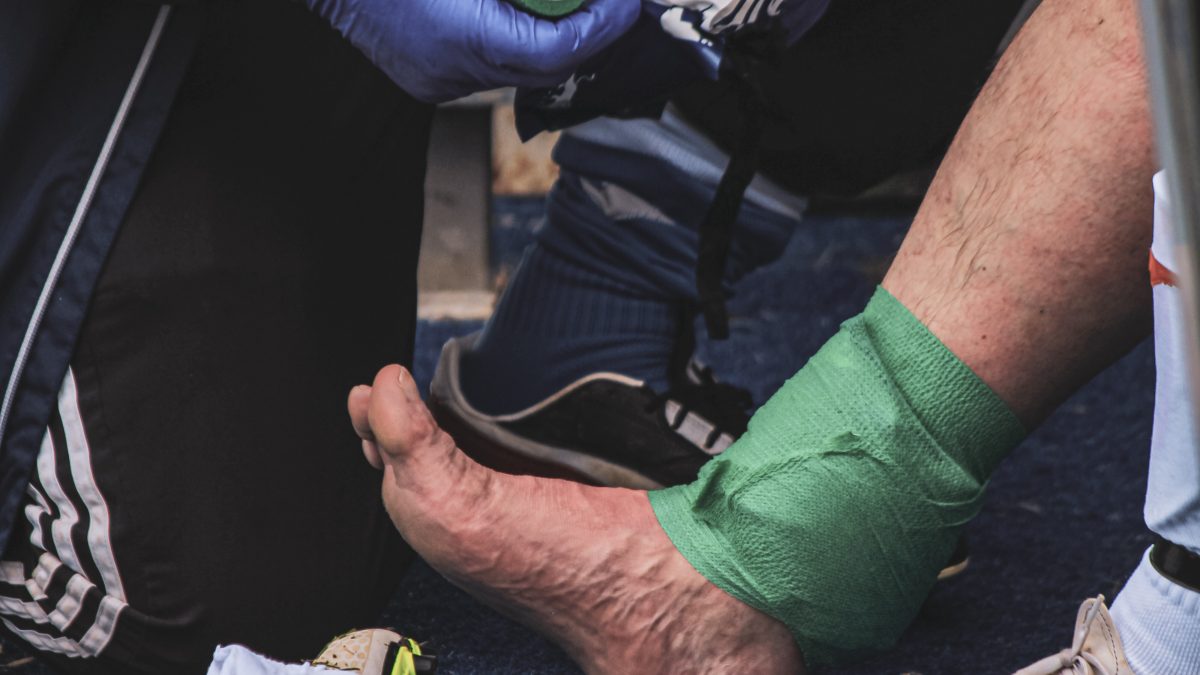Do you want to be the next Hans-Wilhelm Muller-Wohlfahrt, one of the leading sports doctors in the world, and work with world-class athletes like Usain Bolt and FC Bayern Munich? Has it been a dream to guide a budding Michael Jordan climbing towards his NBA career? Perhaps a career in sports medicine is your cup of tea!
A sports medicine physician is a medical doctor who specializes in treating and preventing athletic injuries. They are trained to diagnose and treat musculoskeletal injuries such as sprains, strains, and fractures, as well as provide rehabilitation and injury prevention advice to athletes. Sports medicine physicians often work with athletic teams, at sports clinics, and in private practices. If you’re looking for a fast-paced and exhilarating career in medicine (especially if you are a sports aficionado) here is everything you need to know about becoming a sports medicine physician.
Is Sports Medicine A Specialty?
Being a relatively new field in the medical arena, sports medicine is not currently recognized as a residency training specialty. Most primary care sports medicine physicians choose to specialize in family medicine, internal medicine or emergency medicine before pursuing special qualifications in sports medicine after completing their residency program.
What Does a Sports Medicine Doctor Do?
A sports medicine doctor provides medical care for athletes, both to treat sports-related injuries and to help prevent them. Their duties can include:
- Diagnosing and treating musculoskeletal injuries, such as sprains, strains, and fractures
- Providing medical care for acute injuries sustained during athletic activities
- Developing and overseeing rehabilitation plans for injured athletes
- Advising athletes and teams on injury prevention strategies and techniques
- Working with other medical professionals, such as physical therapists and nutritionists, to provide comprehensive care for athletes
- Performing surgeries to repair injuries, if necessary
- Staying current on new advancements in sports medicine and incorporating them into their practice.
Sports medicine doctors typically work with athletes of all ages and levels of competition, from amateur to professional. They also work with people who are looking to improve their physical fitness and overall health.
What Kind of Injuries Do Sports Medicine Doctors Treat?
Sports medicine doctors treat a wide array of injuries, most of which are related to athletic activity. Some common injuries they treat include:
- Sprains and strains
- Fractures
- Dislocations
- Concussions
- Overuse injuries
- Knee injuries, including ACL and MCL tears, meniscus injuries, and patellofemoral syndrome
- Shoulder injuries, including rotator cuff tears, dislocated shoulders, and labral tears
- Foot and ankle injuries, including plantar fasciitis, sprained ankles, and stress fractures
- Tennis elbow and golfer’s elbow
Sports medicine doctors work with athletes to diagnose their injuries, develop a treatment plan, and oversee their rehabilitation to help them return to their sport or physical activity as quickly and safely as possible.
Steps to Becoming a Sports Medicine Doctor
Not only is a career in sports medicine hugely fulfilling and rewarding, it is also quite lucrative. While the salary of a sports medicine physician varies from state to state, as well as on experience, the average sports medicine physician salary in the United States is $240,006.
To become a sports medicine physician, you will need to complete the following steps:
- Earn a bachelor’s degree: A bachelor’s degree in a related field, such as biology or kinesiology, is typically required for admission to a credible st. kitts medical school.
- Complete medical school: You will need to attend and graduate from an accredited medical school to earn a Doctor of Medicine (MD) or Doctor of Osteopathic Medicine (DO) degree.
- Complete a residency: After medical school, you will need to complete a residency program in either orthopedic surgery, followed by a fellowship in surgical sports medicine, or residency in emergency medicine, neuromusculoskeletal, rehabilitation medicine or family medicine, followed by a fellowship in sports medicine. During your residency, you will receive training in the diagnosis and treatment of musculoskeletal conditions, including sports injuries.
- Pursue a fellowship in sports medicine: After your residency, you can apply for a fellowship in sports medicine or surgery sports medicine, which typically lasts one to two years. During your fellowship, you will receive specialized training in the diagnosis, treatment, and prevention of athletic injuries.
- Pass certification exams: To practice as a sports medicine physician, you will need to pass certification exams offered by either the American Board of Orthopedic Surgery (ABOS) or the American Board of Family Medicine (ABFM).
- Maintain certification: Sports medicine physicians must maintain their certification by participating in continuing education and meeting other requirements set by their certifying board.
Becoming a sports medicine physician is a long and challenging process, but it can be a rewarding career for those who are passionate about helping athletes and promoting physical fitness.







